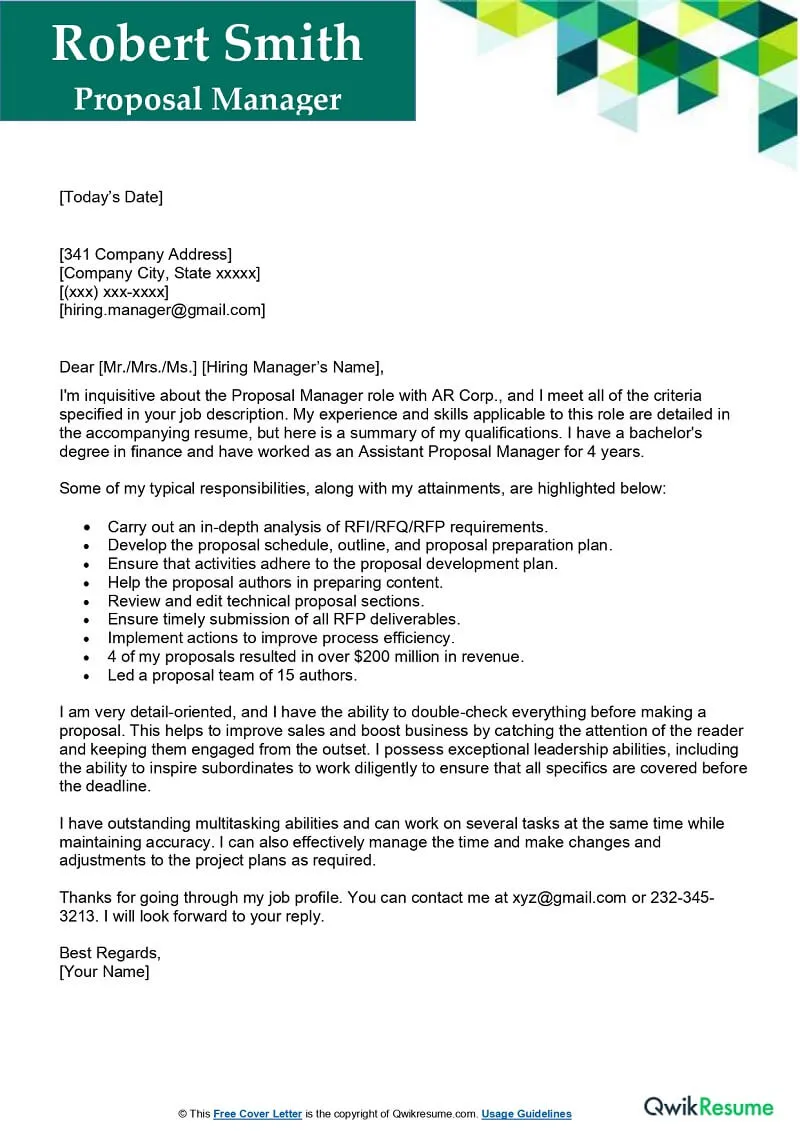Understanding the Business Cover Letter Proposal
A business cover letter proposal is a crucial document in the realm of professional communication. It serves as a formal introduction of your business to a potential client or partner, outlining your services, solutions, and demonstrating your understanding of their needs. This guide will explore the nuances of crafting a compelling business cover letter proposal, ensuring your message resonates with the recipient and increases your chances of success. Mastering this skill is essential for business development and securing new opportunities. A well-crafted proposal can be the key to unlocking new partnerships and expanding your business horizons.
What is a Business Cover Letter Proposal?
A business cover letter proposal is a written document that introduces your company, explains your services or products, and proposes a solution to a specific problem or need of the recipient. It is often used in response to a request for proposal (RFP) or as an unsolicited outreach to potential clients. The proposal’s primary objective is to persuade the recipient that your business is the best choice for their requirements. It is a direct representation of your company’s capabilities and commitment. The cover letter proposal should highlight the unique value you bring to the table, demonstrating how you can meet and exceed their expectations.
Key Components of a Business Cover Letter Proposal
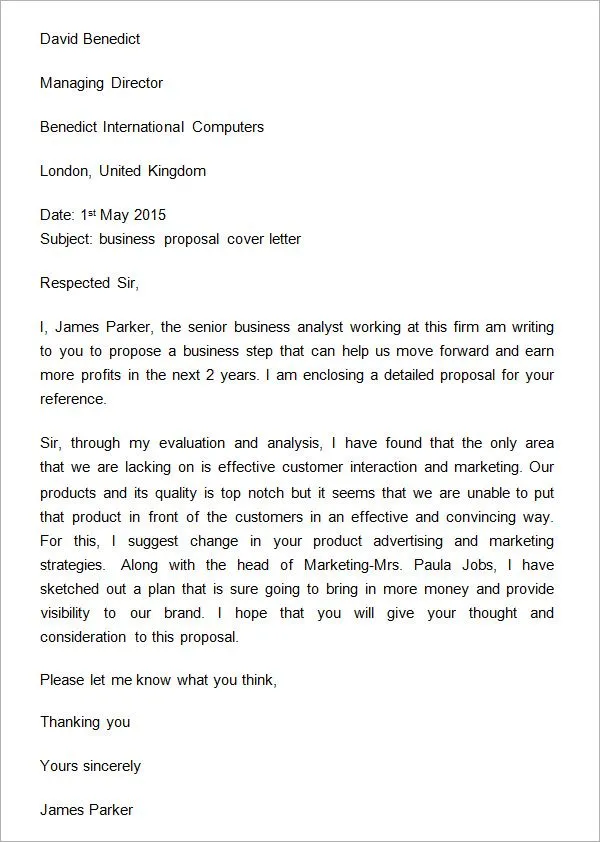
A comprehensive business cover letter proposal includes several key components. These typically consist of an introduction, a problem statement, a proposed solution, the benefits of your solution, pricing details, and a call to action. The introduction should clearly state the purpose of the proposal and briefly introduce your company. The problem statement must demonstrate your understanding of the client’s needs. Your proposed solution should outline how you plan to address their challenges. The benefits section should highlight the value your solution offers. Detailed pricing information must be included. Finally, conclude with a clear call to action, encouraging the recipient to take the next step.
Why is a Business Cover Letter Proposal Important?
A well-structured business cover letter proposal can serve as a powerful marketing tool, showcasing your expertise and differentiating your business from competitors. It provides you with the opportunity to control the narrative, highlighting your strengths and addressing potential concerns. A strong proposal establishes your credibility, builds trust, and demonstrates your commitment to the prospective client’s success. Furthermore, it serves as a record of the agreed-upon terms and conditions, protecting both parties involved. In essence, a business cover letter proposal is an essential step in the business development process, enabling you to secure new contracts and grow your client base.
Creating a Compelling Business Cover Letter Proposal
Researching the Recipient

Thorough research is paramount before writing your proposal. Understand the recipient’s business, their industry, and their specific needs. Use online resources, such as their website, social media profiles, and industry publications, to gather information. Demonstrate your understanding of their challenges by addressing them directly. Customizing your proposal based on the recipient’s needs shows that you have invested time and effort in understanding their business. This level of personalization helps you stand out from generic proposals and increases your chances of securing the deal. Research allows you to tailor your language and highlight solutions that resonate with the recipient’s priorities.
Structuring Your Proposal
Organize your proposal logically, using a clear and concise structure. A typical format includes an introduction, problem statement, proposed solution, benefits, pricing, and a call to action. Use headings and subheadings to guide the reader and enhance readability. Keep the language clear and avoid jargon. Use a professional tone throughout the document. The structure should be easy to follow, allowing the reader to quickly grasp the key information. Present the information in a way that is easy to digest, as a well-structured proposal will make your message more accessible and convincing.
Writing a Strong Opening
Your opening paragraph is crucial for grabbing the recipient’s attention. State the purpose of your proposal clearly and concisely. Briefly introduce your company and the services or products you offer. If you are responding to an RFP, mention the specific project or opportunity. Your goal is to make a strong first impression and encourage the recipient to read further. Start with a compelling hook, such as a question or a statement about their specific needs. A powerful opening sets the tone for the rest of the proposal and increases the likelihood that the recipient will engage with your content.
Highlighting Your Value Proposition
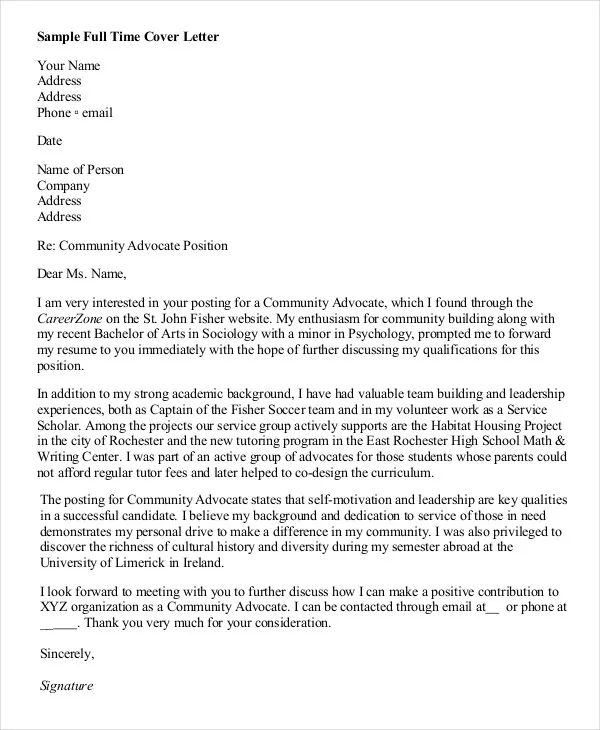
Clearly articulate the unique value you bring to the table. Explain how your services or products can solve the recipient’s problems, improve efficiency, or increase profitability. Focus on the benefits, not just the features. Use persuasive language to demonstrate the value of your offering. Provide specific examples or case studies to support your claims. Your value proposition should clearly distinguish your business from competitors, emphasizing what makes you the best choice for the project. Highlight the tangible outcomes the recipient will gain from working with your business. Focus on the positive impact of your solution.
Demonstrating Your Understanding
Show that you understand the recipient’s business, their industry, and their specific needs. Address their pain points and challenges. Reference any prior conversations or communications you have had with them. Demonstrate your understanding of their requirements by tailoring your proposal to their specific context. This level of attention shows that you have done your homework and that you are genuinely interested in helping them succeed. Make sure you use the right terminology and speak in their language to demonstrate that you are familiar with their specific challenges and their industry.
Presenting Your Proposed Solution
Outline your proposed solution in detail. Explain how your services or products will address the recipient’s needs. Provide a clear plan of action, including timelines, milestones, and deliverables. Break down your solution into manageable steps. Clearly state what you will do and how you will do it. This section should instill confidence in the recipient, demonstrating that you have a well-thought-out approach and the ability to deliver results. This will provide them with a clear picture of how the project will unfold.
Outlining the Benefits
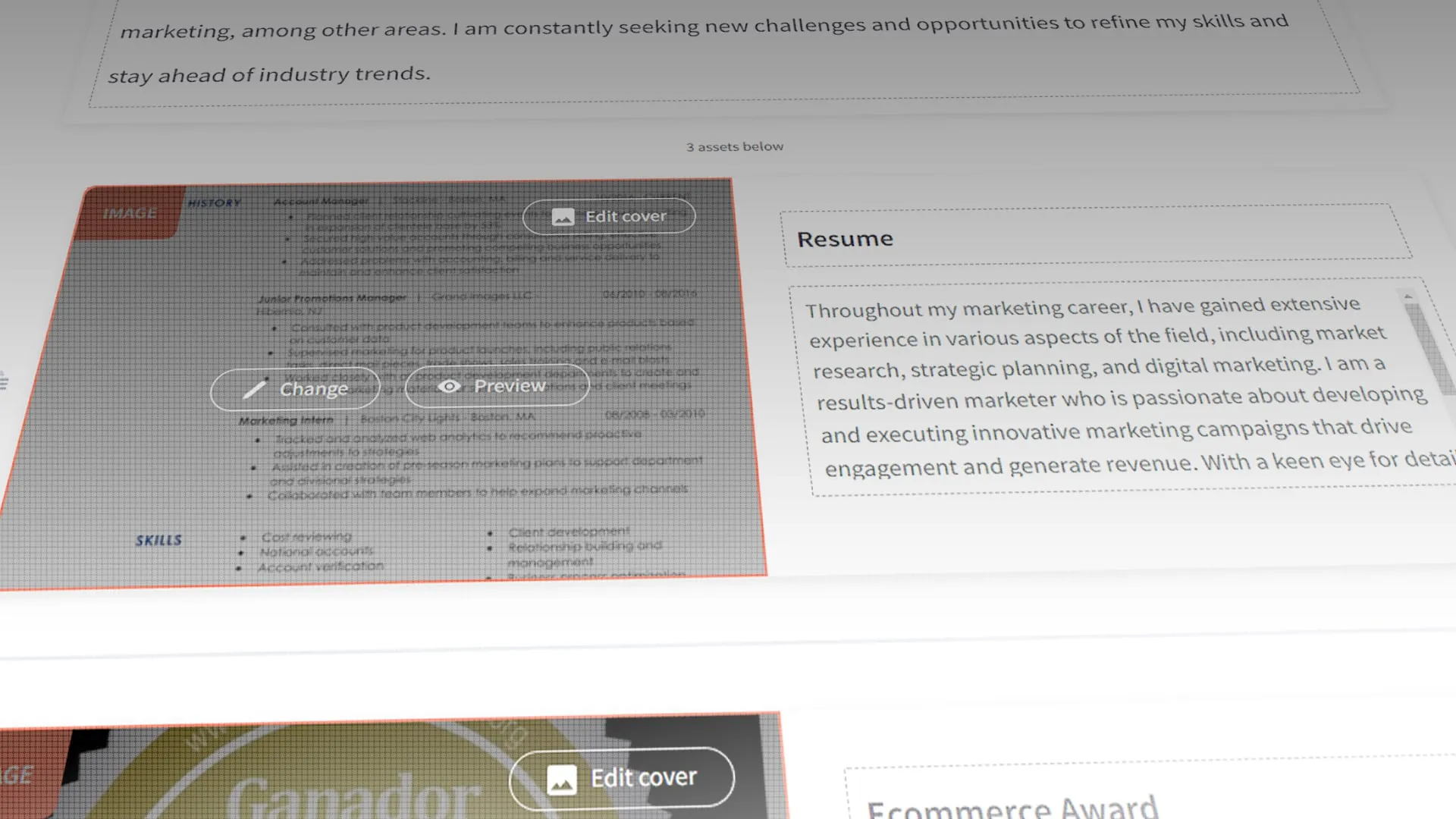
Clearly articulate the benefits the recipient will gain by accepting your proposal. This may include increased revenue, reduced costs, improved efficiency, or enhanced brand reputation. Quantify the benefits whenever possible. Use data, statistics, and specific examples to support your claims. The benefits section should be a compelling sales pitch. The ultimate goal is to convince the recipient that your solution is worth the investment. Focus on the positive outcomes that result from working with your company.
Addressing Potential Concerns
Anticipate potential concerns the recipient might have and address them proactively. This demonstrates transparency and builds trust. Be upfront about your limitations or potential challenges. Offer solutions to any potential problems. Addressing concerns upfront can increase the recipient’s confidence in your ability to manage the project effectively. Be prepared to answer questions and provide further clarification. Consider including a FAQ section in the proposal.
Closing with a Call to Action
Conclude your proposal with a clear and concise call to action. Tell the recipient what you want them to do next. This could be scheduling a meeting, requesting a consultation, or signing a contract. Make it easy for them to take the desired action. Provide your contact information. A strong call to action increases the likelihood that the recipient will move forward. Make sure the call to action is clear, concise, and specific. The aim is to make it simple for the recipient to take the next step.
Formatting and Design Best Practices
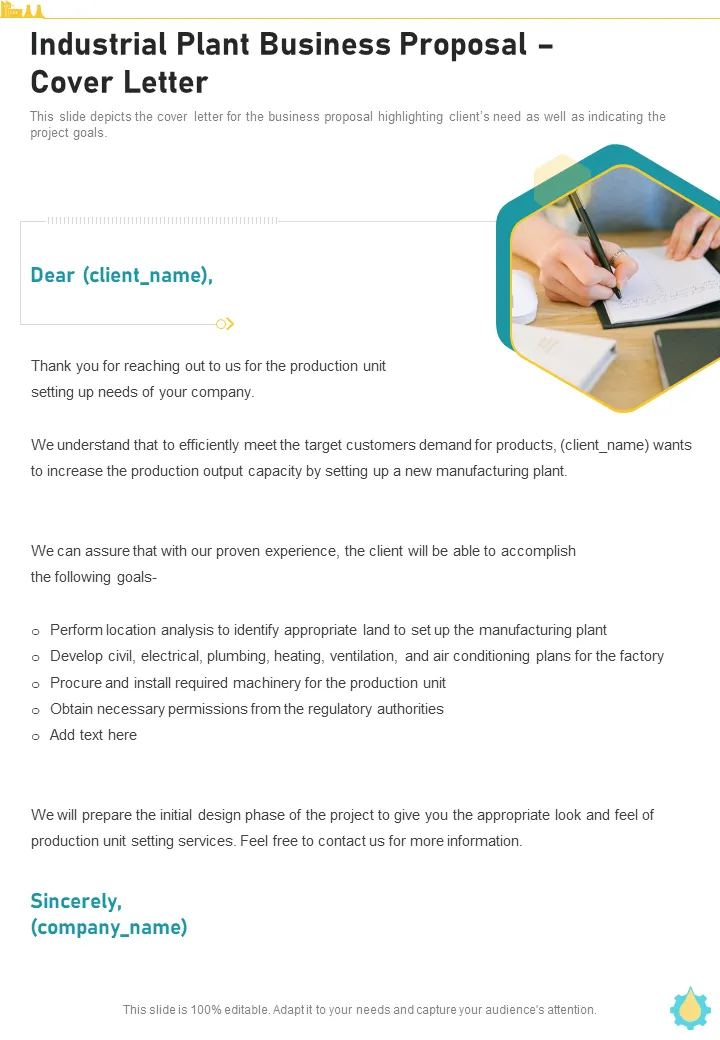
Choosing the Right Tone and Style
Choose a tone and style that is appropriate for the recipient and the context of the proposal. Use a professional tone, but also make sure that it is aligned with your brand’s personality. Avoid using jargon or overly technical language. Your goal is to communicate clearly and persuasively. Keep your language concise and to the point. The overall style should reflect your company’s values and expertise. Be consistent in your writing style throughout the entire document.
Using Professional Formatting
Use professional formatting to enhance readability and make your proposal visually appealing. Use headings, subheadings, bullet points, and white space to organize the information. Choose a clear and easy-to-read font. Ensure that the proposal is well-organized and easy to navigate. Create a visually appealing document that will keep the reader engaged. The overall appearance reflects your professionalism, so ensure your formatting is polished and error-free. Consider using consistent formatting across the document.
Proofreading and Editing Your Proposal
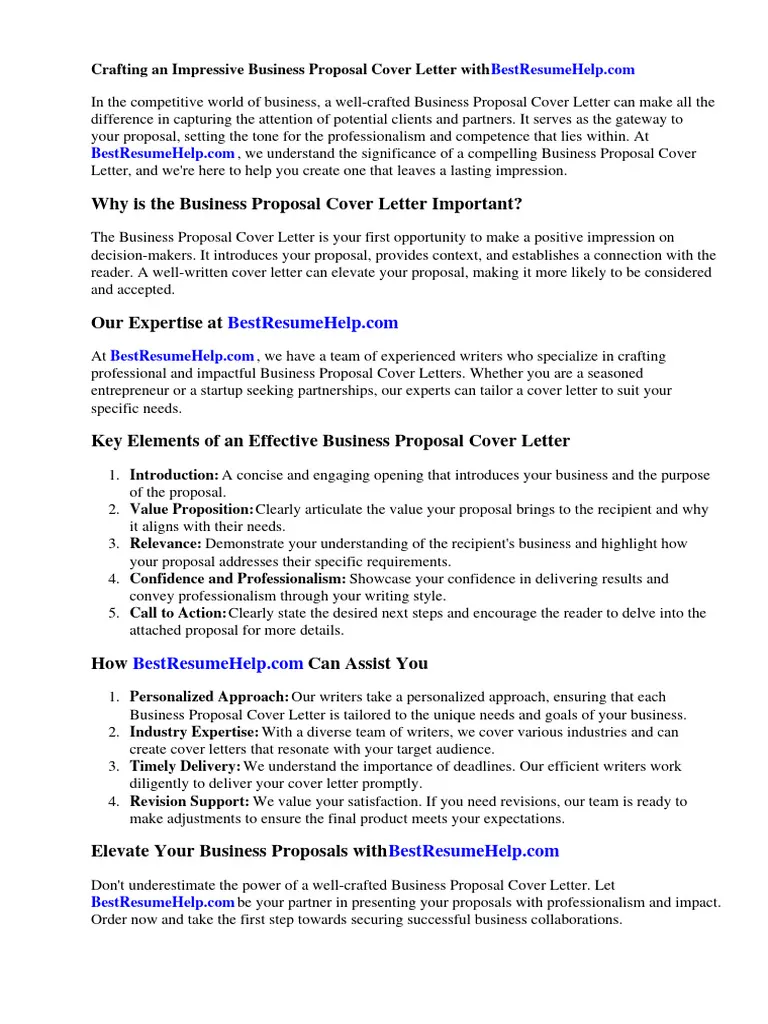
Proofread and edit your proposal carefully. Check for grammar, spelling, punctuation, and consistency errors. A well-written and error-free proposal demonstrates professionalism and attention to detail. Before submitting, have another person review the document. Errors can undermine your credibility, so a thorough review is essential. Take your time and ensure every aspect is polished to make a good impression. This critical step helps ensure that your proposal is polished, professional, and ready for submission.
Best Practices and Tips
Tailoring Your Proposal to the Specific Opportunity
Customize each proposal to the specific opportunity. Do not reuse generic templates. Address the specific requirements and challenges of the recipient. Refer to any existing communications and show that you understand their needs. Personalizing your proposal demonstrates that you are committed to the project. This tailoring will make it more relevant and significantly increase your chances of success. Adapt the proposal to their particular needs and their desired outcomes.
Following Up After Submission
Follow up with the recipient after submitting your proposal. Send a brief email thanking them for their consideration and reiterating your interest in the project. Be polite and professional. Follow up appropriately, typically within a week or two. Following up demonstrates your commitment and keeps your proposal top of mind. Be prepared to answer questions and provide any additional information. The follow-up process can be critical in securing the contract.
Analyzing and Learning from Feedback
Analyze the results of your proposals. Track which proposals were successful and which were not. Learn from feedback and improve your proposal-writing skills. Refine your approach based on what worked and what did not. Use feedback to enhance your future proposals. This continuous improvement will help you refine your approach and increase your success rate. Analyzing your outcomes helps you focus on your strengths, improve on weaknesses, and develop more effective proposals.
Examples of Effective Business Cover Letter Proposals
Example 1
This section will provide a general example of a business cover letter proposal and how it should be formatted. More details can be added depending on specific circumstances. The idea is to outline what type of information should be included in a business cover letter proposal. Consider that the introduction should state what your company offers and its objective. The problem statement is essential to explain the needs of the client, then you should include a proposed solution, benefits, pricing, and a call to action. Use a professional tone and write in a clear, easy-to-read way.
Example 2
This example would showcase the introduction and the importance of it. The first paragraph is the most important because it grabs the attention of the reader. The key here is to be very direct and state the purpose of your proposal clearly and concisely. Briefly introduce your company, your company’s brand, and what you offer to help the client. The objective is to encourage the reader to continue reading and hopefully move forward with the deal. Be certain that your opening is impactful, memorable, and relevant to the client’s specific needs.
Example 3
This final example can be used to show how important a strong call to action is, a must-have element in every proposal. You want to make it easy for the recipient to take the next step, such as scheduling a meeting or signing a contract. The call to action should be clear and explicit, prompting the reader to make a decision to move forward with your brand. Include your contact information, and encourage them to take the next step to secure your business. A strong call to action has a huge impact on the proposal’s overall success.
